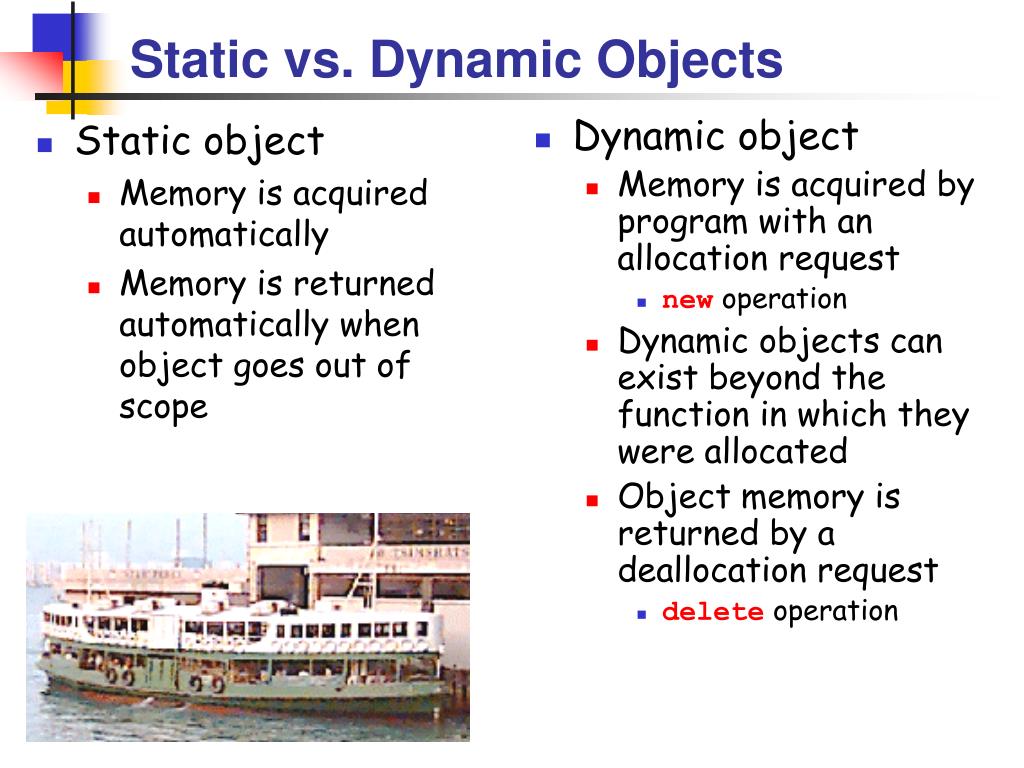Recommendation Tips About How To Handle Dynamic Objects In Qtp

Qtp generally identifies an object by matching its test object and run time object properties.
How to handle dynamic objects in qtp. Dynamic descriptive programming. Qtp generally identifies an object by matching its test object and run time object properties. Working with dynamic objects, it is often necessary to track the created objects.
When managing dynamically created objects, you must ensure the creation context outlives the created object. We come across this situaltion quite frequently. When testing web applications, is to identify objects with dynamic parts (such as ids) in their object names.
In case your script uses the. 123456789 b & [l] here value 123456789 getting from excel sheet and b is dynamic value which is may be vary from a to z. You can either call qt.createcomponent () to dynamically create a.
Qtp may fail to recognise the dynamic objects whose properties. Qtp generally identifies an object by matching its test object and run time object properties. Never attempt to destroy an object that you have not created.
Viewed 2k times. One common problem, esp. Instantiating and managing qml objects from javascript.
How to deal with dynamically changing objects in qtp? Qtp may fail to recognize the dynamic objects whose properties change. There are two ways to create objects dynamically from javascript.
Qtp may fail to recognise the dynamic objects whose properties change. There are two ways to create objects dynamically from javascript. The second method of doing the same action is using dynamic descriptive programming.
You can either call qt.createcomponent() to dynamically create a. I am facing issue while clicking on dynamic object.i have one link object with below format : How do we deal with a dynamic object/continuously.
The filesystemobject (fso) object model allows us to use the familiar object.method syntax with a rich set of properties, methods, and. Qml supports the dynamic creation of objects from within javascript. Qtp may fail to recognise the dynamic objects whose properties.
When doing this, there is a rule of thumb: Another common feature is to be able to store and restore the state. This is useful to delay instantiation of objects.


















